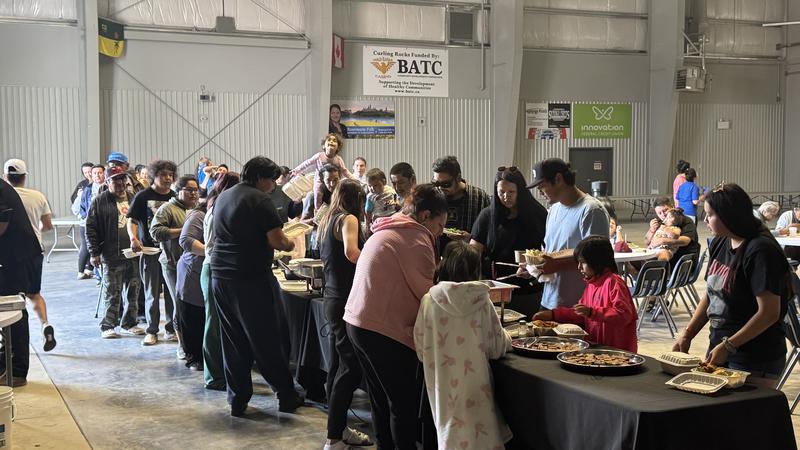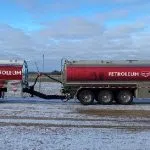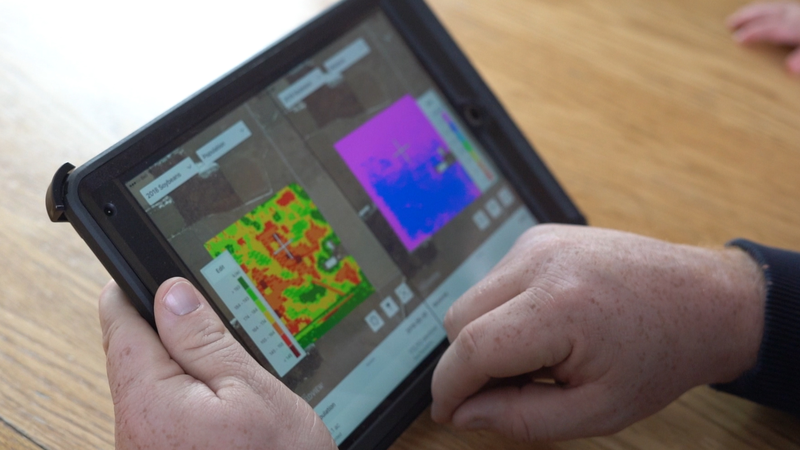
Firefighters from Australia, Mexico assist with merging fires in northern Sask.
Saskatchewan is getting some additional help from overseas to help tackle uncontrolled wildfires burning in the north.
The Saskatchewan Public Safety Agency (SPSA) said 40 firefighters from Australia have arrived to assist with suppression efforts, and another 40 from Mexico are expected to join later this week. This is in addition to the help that arrived last week from Quebec with two CL-415 aircraft and 100 wildfire personnel.
“Saskatchewan is grateful to everyone who has helped with the unprecedented wildfire season,” SPSA Vice-President of Operations Steve Roberts said in the latest update. “Thank you to everyone local and abroad for the immense support in the air and on the ground.”
Over the past several months, Saskatchewan has received aircraft and wildfire crews from across Canada, including Quebec, British Columbia, Nova Scotia, Northwest Territories, Prince Edward Island, Alberta and the Yukon. There’s been help from the United States as well from Oregon, Alaska, Arizona, Colorado, Washington, South Dakota and the United States Forest Service.


